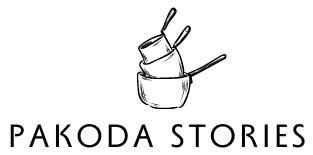
Fermentation – The Foundation of South Indian Cooking
One must learn to ferment to get a true understanding of South Indian cuisine. From our pickles to our idlis/dosas to our yogurt, we rely heavily on the process of fermentation. So what is fermentation? To put it in simple terms, it is to simply wait. If you learn to wait, half the cooking is already done.
Practice the art of waiting
- Wait for the pot to get hot.
- Wait for the water to boil.
- Wait till you get a sour smell in fermentation
- Wait a few days before you mix the pickle before you wait again!
- Wait… Wait… WAIT!
Good for your Guts
The best way to learn the art of waiting is to learn fermentation. The recipe that will teach you that is the humble Idli. This fermented and steamed recipe is the most essential South Indian breakfast. The fermentation creates good bacteria in the batter that is good for your gut health. Indian doctors recommend idlis as the first solid food for babies. If you are sick, have idli. If you are celebrating, have idli. Idlis are perfect for every occasion.
Use this recipe to make crispy dosas too!
Over the weekend, I made a fresh batch of idlis with a delicious instant pot sambar. Some families are so particular about their batters. They will use separate ratios and ingredients to make their batters. I use one ratio for most batters. Why? Because it makes my life easy and also the closest thing to home.

Notes:
- There are variations. But the base ingredients of rice and dal remain the same. Some add poha or flattened rice flakes. Some add a handful of cooked rice and some add broken rice.
- You can soak the urad dal an hour before grinding.
- Ensure the pot is only filled halfway through to allow the fermented batter to rise.
- I like mixing the batters with my hand to allow some bacteria from my hands to propel the fermentation process. I follow it up with a quick turn of my hand blender.
- I like to place the batter in my instant pot or the microwave. The instant pot ferments the batter on yogurt mode. This usually takes about 6-10 hours in the summer and 18-30 hours in the winter.
Once fermented, the batter should have risen. Idlis can be made using a special idli cooker or by simply steaming the idli plate in a closed pot with a little water at the bottom. For either method, you will need to purchase a set of idli plates for the authentic idli.





